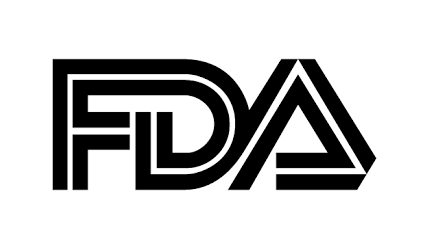
PDUFA VI Negotiations Commence
Strengthening and exploring additional uses of the FDA’s Sentinel System will be a top priority of PDUFA VI, agency officials said during a public meeting to kick off negotiations on reauthorization of the Prescription Drug User Fee Act.
The FDA wants to use more of the fees collected when companies file new drug applications to boost Sentinel’s capacity, so the agency can respond more quickly to drug safety issues and manage postmarket safety evaluations effectively, CDER Director Janet Woodcock told the meeting.
The agency also hopes to use more fees to enhance regulatory science, particularly as it applies to drug development and evaluation, Woodcock said.
PDUFA V is set to expire in September 2017 and will be replaced by PDUFA VI — setting user fees and review goals for fiscal years 2018 to 2022.
PhRMA and the Biotechnology Industry Organization asked that more of PDUFA money go to hiring and retaining top-flight scientists and managers to review drugs. Woodcock said that was a top priority and something the agency continues to struggle with, as CDER continues to be understaffed.
Rena Conti, an assistant professor of health policy and economics at the University of Chicago, said the FDA needs make public the manufacturing sites of active pharmaceutical ingredients used in finished drug products — which currently is not done.
BIO also urged that PDUFA VI identify best practices for industry-FDA communications so that they can be emulated across all centers.
PDUFA V launched the FDA’s patient-focused drug development initiative. However, much of the information collected from patients is anecdotal and gathered after drugs hit the market, Woodcock said, adding more needs to be done to collect hard data from patients earlier in the process — a sentiment echoed by nearly every stakeholder that presented at the meeting, including the National Consumer League, National Organization of Rare Diseases and BIO.
The fees collected under PDUFA V have helped the FDA meet or exceed all of its application review goals, Woodcock noted, adding that last year was a banner one for approving novel treatments for rare diseases, with 17 new therapies getting the green light.
PDUFA V also saw implementation of a dedicated liaison within each review team to increase transparency and keep drugmakers apprised of a candidate’s evaluation — an initiative that led to four-fifths of new applications being approved on the first cycle, Woodcock added.
Comments on PDUFA may be submitted to the FDA at www.regulations.gov through Aug. 15. Following that, the FDA and industry will work to hammer out a consensus document in time to introduce reauthorization legislation by early 2017, as Congress needs to pass PDUFA VI by Sept. 17, 2017. — Kellen Owings
